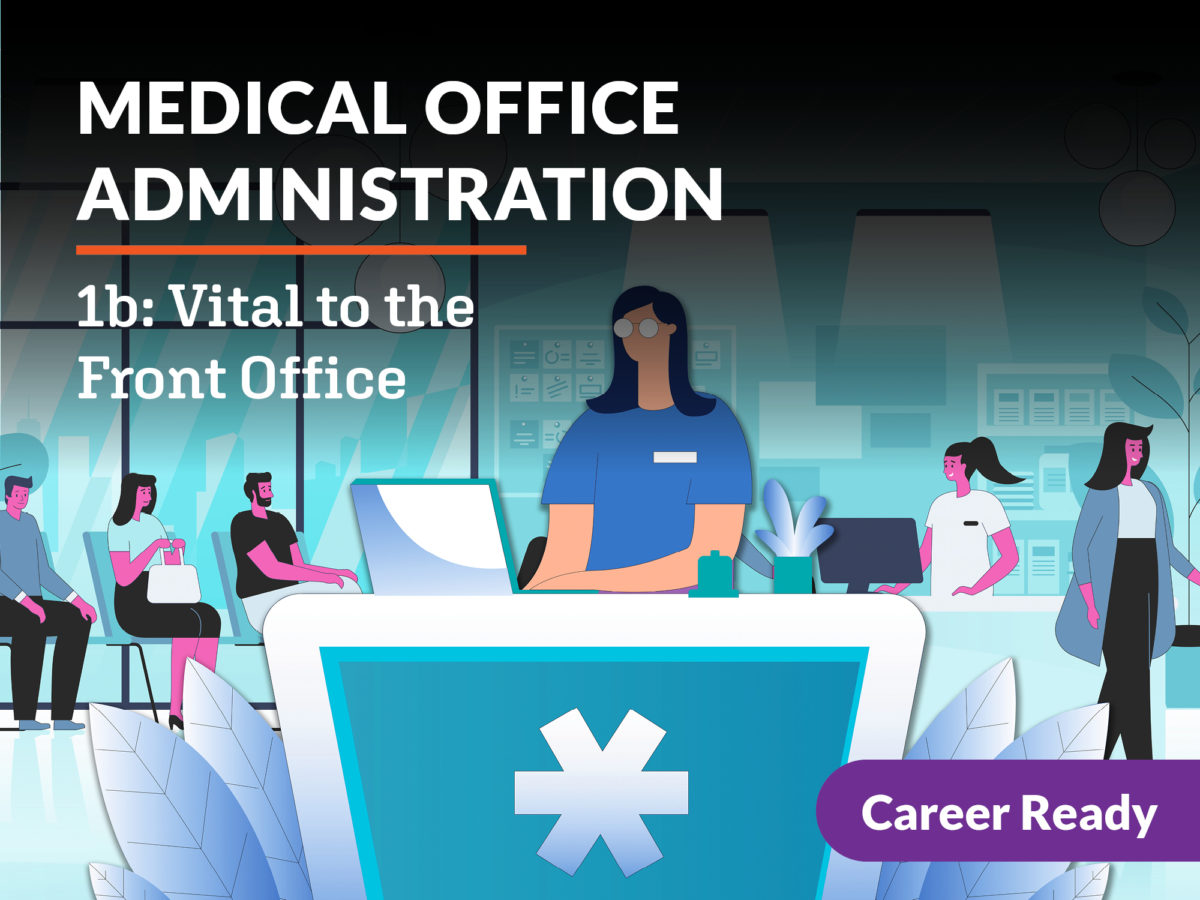Exactly how to Begin an Effective Job in Medical Administration: A Beginner's Guide
Exactly how to Begin an Effective Job in Medical Administration: A Beginner's Guide
Blog Article
Finest Practices in Medical Management for Improving Performance and Reducing Prices
In the ever-evolving landscape of health care, the pursuit of ideal practices in medical administration is vital for improving effectiveness and curbing expenditures. By integrating advanced innovations such as electronic health and wellness records and telemedicine, healthcare carriers can streamline operations and enhance client treatment. Nevertheless, technology alone is not a remedy; optimizing source appropriation and cultivating collaborative interaction amongst treatment teams are similarly vital (medical administration). As organizations make every effort to stabilize high quality and price, what approaches should be prioritized to attain these twin goals? The solution to these concerns hold the trick to an extra lasting healthcare system.
Leveraging Advanced Innovation
In today's quickly evolving health care landscape, leveraging innovative innovation is no much longer optional but crucial for effective clinical management. The assimilation of digital options into health care systems has transformed the method centers operate, enhancing procedures and improving client care. Electronic Wellness Records (EHRs) are critical, providing extensive individual information that can be accessed quickly by authorized personnel, hence lowering redundancy and reducing mistakes. By systematizing client info, EHRs get rid of the requirement for cumbersome documents and facilitate seamless interaction amongst doctor.
Telemedicine is one more technical improvement that has actually changed person communication. It provides benefit for both individuals and health care professionals by allowing remote consultations, which can minimize the need for in-person sees and maximize appointment organizing. Additionally, telehealth systems can prolong medical care accessibility to rural or underserved locations, connecting gaps in treatment delivery.
In addition, making use of Artificial Intelligence (AI) and equipment discovering is coming to be increasingly prevalent in anticipating analytics, enabling for very early detection of possible health and wellness problems and more informed decision-making. These technologies, when incorporated efficiently, can boost analysis precision and personalize individual treatment strategies, inevitably bring about boosted medical care outcomes and operational performance.
Optimizing Resource Allotment
By purposefully taking care of sources such as employees, equipment, and funds, medical care centers can dramatically improve their functional efficiency, improve patient outcomes, and reduce unnecessary expenses. The initial action in enhancing source allotment includes conducting a thorough assessment of existing properties and recognizing locations where resources may be underutilized or overextended.
Prioritizing source allowance based on patient demands and solution demands is vital. This involves lining up sources with high-demand locations, such as emergency care or specialized treatments, to make sure prompt and efficient patient treatment. Applying versatile staffing designs can likewise maximize labor sources by adjusting personnel allowance in action to changing individual quantities. Furthermore, accepting telemedicine and other technological services can ease physical resource restraints by supplying different opportunities for patient-provider interactions.
Monetary sources ought to be diligently kept track of and assigned with strategic foresight to support both short-term operational requirements and long-term institutional goals. This consists of investing in training programs that improve staff proficiencies and adopting energy-efficient techniques that minimize functional costs (medical administration). Ultimately, an enhanced source allotment strategy promotes a sustainable healthcare environment that is receptive, effective, and monetarily sensible
Streamlining Operations Procedures
When health care facilities objective to improve operational effectiveness, improving process procedures comes to be an essential focus. Effective workflows reduce redundancy, remove unneeded steps, and improve sychronisation among healthcare specialists. This approach not only increases service distribution yet also boosts the high quality of individual care.

Following, technology integration plays a significant duty in improving operations. Carrying out electronic wellness documents (EHRs) and electronic medical professional order entry (CPOE) systems minimizes paperwork, minimizes human click to read more error, and ensures details is available to all appropriate personnel. Additionally, leveraging telemedicine platforms can simplify person assessments and follow-ups, minimizing the stress on physical infrastructure.

Ultimately, streamlined process bring about set you back reductions and enhanced patient fulfillment, fostering a much more lasting medical care environment.
Enhancing Information Administration
Building upon streamlined process, maximizing information management becomes a vital part ahead of time medical care administration. Reliable data administration systems are essential for keeping exact patient records, improving decision-making, and making sure conformity with regulatory standards. By applying robust information monitoring solutions, medical care centers can improve the quality of patient treatment while at the same time lowering operational costs.
One key facet of enhancing data management is the integration of innovative digital wellness document (EHR) systems. These systems assist in the seamless exchange of client info across various departments, decreasing duplication of examinations and minimizing errors. A properly designed EHR system sustains information analytics, enabling healthcare suppliers to recognize fads and make educated decisions regarding client treatment.
Moreover, securing client data is extremely important. Embracing thorough cybersecurity steps, including encryption and regular audits, ensures the integrity and discretion of sensitive info. This not just safeguards individuals but also maintains the establishment's track record.
Spending in team training is one more important factor. Enlightening health care experts on information administration methods boosts their capacity to successfully use innovation, resulting in boosted individual results. Finally, boosting information management via advanced modern technology and detailed training is essential for achieving efficiency and expense reduction in medical management.
Fostering Collaborative Communication
A vital element ahead of time clinical administration is cultivating joint interaction amongst health care specialists. Reliable communication is vital for making certain seamless client care, optimizing treatment end results, and decreasing errors. By encouraging open discussion and control across multidisciplinary teams, medical care companies can boost their functional performance and minimize unneeded prices.
Central to this strategy is the assimilation of communication technologies such as digital health and wellness records (EHRs) and protected messaging platforms, which promote the rapid exchange of critical patient details. These tools allow medical care service providers to accessibility and share data in genuine time, making sure that all employee are informed and straightened in their decision-making procedures. Furthermore, routine team meetings and interdisciplinary rounds can additionally advertise a culture of partnership and liability.
Educating programs concentrated on improving communication abilities are also important. These programs can aid staff create the capability to share info clearly and pay attention proactively, thus minimizing misunderstandings and fostering a helpful job atmosphere. Furthermore, taking on standard interaction procedures, such as SBAR (Situation, see this here Background, Analysis, Suggestion), can enhance the exchange of information, making sure that essential details are communicated succinctly and effectively. Eventually, cultivating collaborative interaction causes enhanced health care distribution and expense financial savings (medical administration).

Conclusion
Integrating sophisticated innovation, such as electronic wellness documents and telemedicine, together with optimized Visit This Link source allowance and structured operations processes, is important for boosting performance in clinical management. Reliable information administration and promoting joint communication amongst healthcare groups are critical for decreasing redundancies and enhancing treatment high quality. By prioritizing preventative care and engaging in high quality renovation campaigns, medical care companies can attain considerable price financial savings and enhanced individual end results, consequently making certain lasting healthcare shipment in a progressively intricate atmosphere.
Report this page